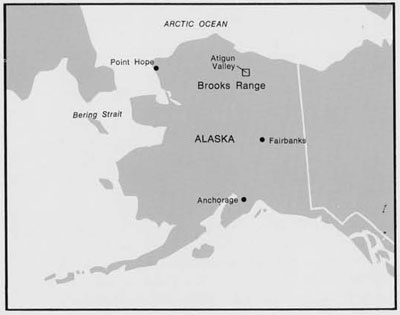
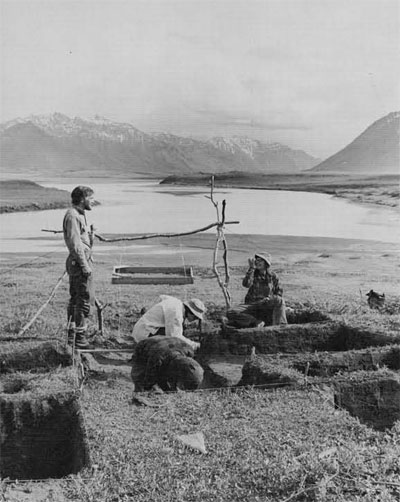
In 1966 the University Museum and the Society of the Sigma Xi supported a three-week survey of the Atigun Valley in the eastern part of Alaska’s Brooks Range. Aided by my wife, Annie, and one of my students, Victoria Grafstrom, I found over forty archaeological sites in this relatively unknown region. The eastern Brooks Range has long been considered as outside the occupational area of any historically known groups. To the contrary, it became obvious from our very first day there that the Atigun Valley had been as well used as any other part of the mountains. There was evidence not only of modern Eskimo and Indian occupation but also of occupation by a number of prehistoric groups as well.
Archaeological sites in the Brooks Range are often small with negligible content. Even worse, they seem all to be on the surface. All previous archaeological exploration in the mountains had not located a single site having a definite stratigraphic separation of prehistoric cultural debris. There are several reasons for this. The cold Arctic climate retards the normal processes of soil formation, and any type of deposition that might cover archaeological remains takes an exceedingly long time. Glacial gravels 10,000 years old appear almost as fresh and exposed as the day they were deposited. With sites on the surface the archaeologist has little trouble finding them, but the same phenomena which allow easy discovery will also result in a confusing mixture of artifacts when there are two occupations on the same spot. My brief report of the 1966 survey in the Spring 1967 issue of Expedition, mentioned that sites in one area of the Atigun Valley might well be stratified. These sites were found in extensive sand deposits along the Atigun River. Since a great number of subsurface artifacts had been found in windblown sand deposits, there seemed a chance that somewhere in the sand some deposits would be found directly over others. On the strength of our survey I was again given support by the University Museum, and received additional support from the National Science Foundation for a full summer’s work in the Atigun Valley.
The crew of students from Bryn Mawr, Haverford, and the University of Pennsylvania arrived in Fairbanks in mid-June. We flew to the Eskimo village of Anaktuvuk Pass where we would transfer from a large wheeled plane to a smaller one on floats for the final, short hop to the Atigun. I had planned on no more than two days for getting to our destination but the unusually cold weather of 1967 changed that. The Brooks Range lakes, normally ice-free in early June were quite late in clearing. So much so that our stay at Anaktuvuk was closer to two weeks waiting for the ice to clear. When we did move, our landing area was no more than a narrow lead where the ice had drifted away from the shore. The lake wasn’t free of ice until the second week of July. We should have been warned by the late thaw that this summer would be unusual. In three previous summers I had spent in the Arctic there had been occasional snow up to the 4th of July but never had it remained on the ground for more than a few hours. This summer we had snow falling almost every week of the summer and accumulations up to five inches would remain on the ground for days. One of the crew got a bad case of frostbite returning from a survey in early August. In all we lost thirty days to bad weather—snow, rain, or high wind. Records from our wind gage showed one period of five days when the wind rarely fell below twenty miles an hour with gusts to sixty.
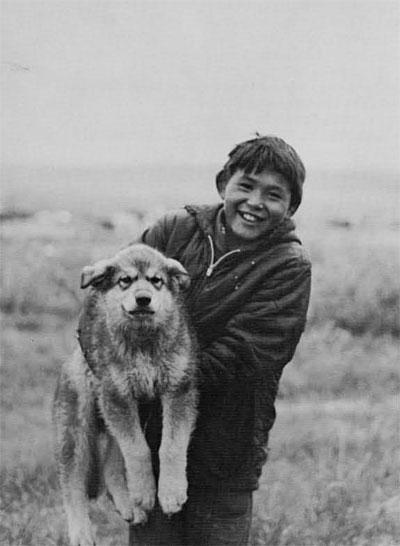
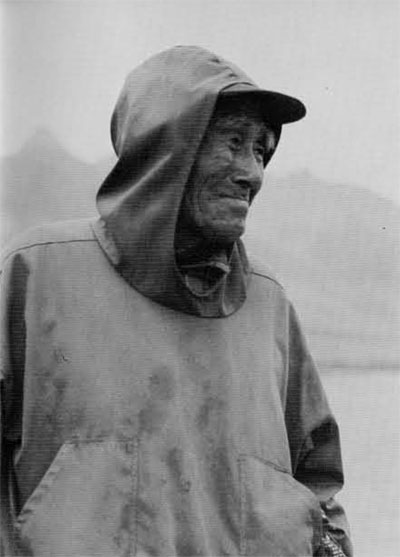
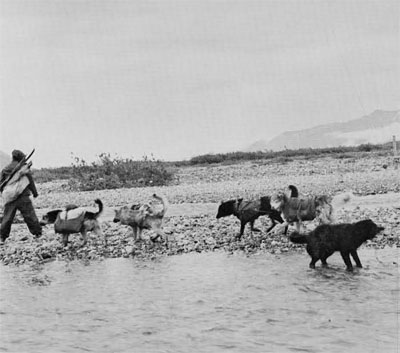
The delay at Anaktuvuk Pass was somewhat welcome as it gave us a chance to live with the people whose prehistory we would later be excavating. I had spent parts of 1961 and 1962 at Anaktuvuk Pass and was glad of the chance to renew old friendships, as well as to add to the data collected during previous visits. While the weather was typically unpredictable, ranging from 90 degree heat one day to flying snow the next, our reception by the village was pleasantly predictable. They greeted us all as friends and in general provided the hospitality which makes them such a pleasure to live and work with.
Both goals for the summer, completing the Atigun survey and finding stratified sites, were met. As often as time and weather permitted, two of the crew would survey unexplored areas of the valley. This searching located thirty more sites and an additional five were found in areas covered the previous year. The majority of the new sites are like those found in 1966, that is, mainly historic with very few from earlier periods. Several found in 1967 added considerably to our knowledge of the area. One of these, a chipping station located by my chief assistant, Robert Stuckenrath, and his wife, Barbara, contained a side-notched point and a spurred scraper typical of the Palisades II (or Tuktu) phase which dates near 3,500 B.C. Another site, also a chipping station, had the base of a thin lanceolate point with heavily ground edges. This fragment is reminiscent of Paleo-Indian spearpoints from the Great Plains. Unfortunately there were no other tools at the site which might provide a more accurate identification. One other old chipping station, this one definitely related to the Denbigh Flint Culture, was located by Miss Grafstrom who had returned for a second season in the Atigun Valley.
Excavation began at Site B13, one of the 1966 test trenches in the sand deposit area. We failed to find levels below the one subsurface deposit but, on moving some forty yards east to Area 2, our excavations uncovered four distinct superimposed levels. Twenty yards north of there at Area 3 we found an additional series of three levels. The uppermost occupation in Area 3 had a few historic artifacts just under the surface. The remaining levels of the Atigun Site, our name for the three excavations and adjacent exposed artifacts, are prehistoric and represent at least five separate occupations. We did not hit an archaeological bedrock in any of our excavations and expect to find earlier levels at a future dig. The lowest two levels of Area 2 contained basalt tools which exhibit different degrees of patina on the flaking scars, the more recent scars, which begin at the edges of the specimens, being dark black, while the earlier flake scars are fovered with a light gray to almost white patina. This difference of patina indicates that some time elapsed between the original flaking and final reuse. Since these basalt flakes were picked up by two different groups at the site there is a better than average chance that the original location of the tools is close at hand. In their present form the tools are crudely made side scrapers and a biface knife, whereas the original tools were little more than utilized flakes. They are unlike any tool assemblage so far described for the Arctic.
Most of the levels at the Atigun Site had so few tools that definite comparisons are difficult to make. The lowest basalt tool level contained less than twenty distinct tools; the one above had a total of four. Two higher levels, both from Area 3, contained about a hundred tools each. These are related to the Thule occupation of Alaska, dating sometime after A.D. 1,000, and show some resemblances to the Kavik Site materials recently excavated by Dr. John M. Campbell of the University of New Mexico, north of Anaktuvuk Pass. These resemblances include almost identical antler fish spears and rectangular gaming pieces. The stone arrowheads of the two sites are, however, quite dissimilar.
Our work in 1967 demonstrated that deep stratified sites do occur in the Brooks Range. The stratified deposits at the Atigun Site will aid in deciphering the sequence of Brooks Range occupations, a sequence that has previously been based mainly on guesswork. Much more work needs to be done. Several surface finds—finds which include well-made blades and large lanceolate projectile points—within one hundred yards of the Atigun Site show that other groups camped in the sand. We plan to return in the hope of locating subsurface deposits of these occupations and enlarging the sample of artifacts from those occupations already discovered.
